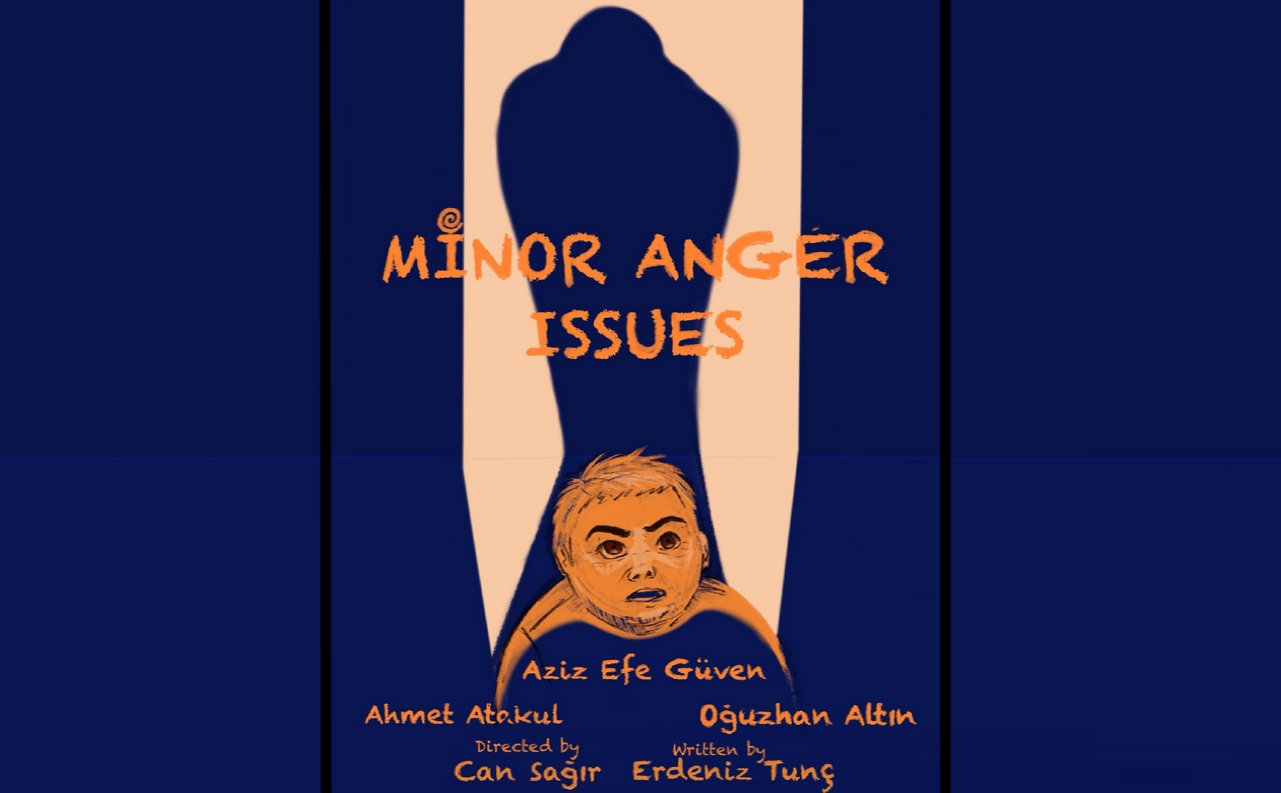In 2022, NASA made headlines by crashing a spacecraft into an asteroid at 14,000 mph, successfully changing its path. This was part of a larger plan to protect Earth from potential asteroid collisions.
Now, scientists are focused on a different asteroid, 2024 YR4, which has a tiny chance—about 0.00081%—of colliding with Earth in December 2032. However, it has a 4% chance of hitting the Moon instead. This asteroid recently attracted attention because at one point, it had one of the highest recorded probabilities of impacting Earth. But as details emerged, that likelihood shrank significantly.
Even if 2024 YR4 were to hit the Moon, it could pose risks. Debris from the impact might harm astronauts in space. Researchers are considering bold strategies to prevent disaster, including the idea of using nuclear devices to blow the asteroid apart. This approach would be a significant step beyond the previous tactic of nudging an asteroid off course.
The scientific team recognizes they’re short on time and can’t spare moments for further investigation of the asteroid’s mass, which is crucial for a deflection attempt. The James Webb Space Telescope informed them that the asteroid is around 300 feet long, but its mass could be anywhere from 72.7 million to 2 billion pounds. This uncertainty complicates the design of any deflection mission similar to the earlier successful test.
If the goal is to investigate further, a launch could only be aimed for late 2028, leaving just a few years to intercept it. On the flip side, if they choose to detonate the asteroid, they might have five to seven years to prepare a mission. For a nuclear approach, the launch window would be between late 2029 and late 2031.
The mission’s specifics are intense. Researchers suggest sending two nuclear devices capable of navigating to 2024 YR4, each significantly more powerful than those used in World War II. They also recommend having a backup explosive just in case.
However, whether the U.S. government will act, especially under budget constraints, is uncertain. NASA is facing financial hurdles that could hinder many planned missions. With the asteroid currently over 379 million miles away and an unlikely threat, the agency’s resources may not be directed toward this ambitious project.
In light of all this, experts emphasize the importance of proactive measures in space. In recent years, social media has buzzed with discussions about asteroids and how scientists plan to handle them, reminding us all of our vulnerability and the ongoing need for vigilance in exploring and protecting our universe.
For more insights on the dangers of asteroids and space exploration, check out resources like NASA’s Near-Earth Object Program.





















